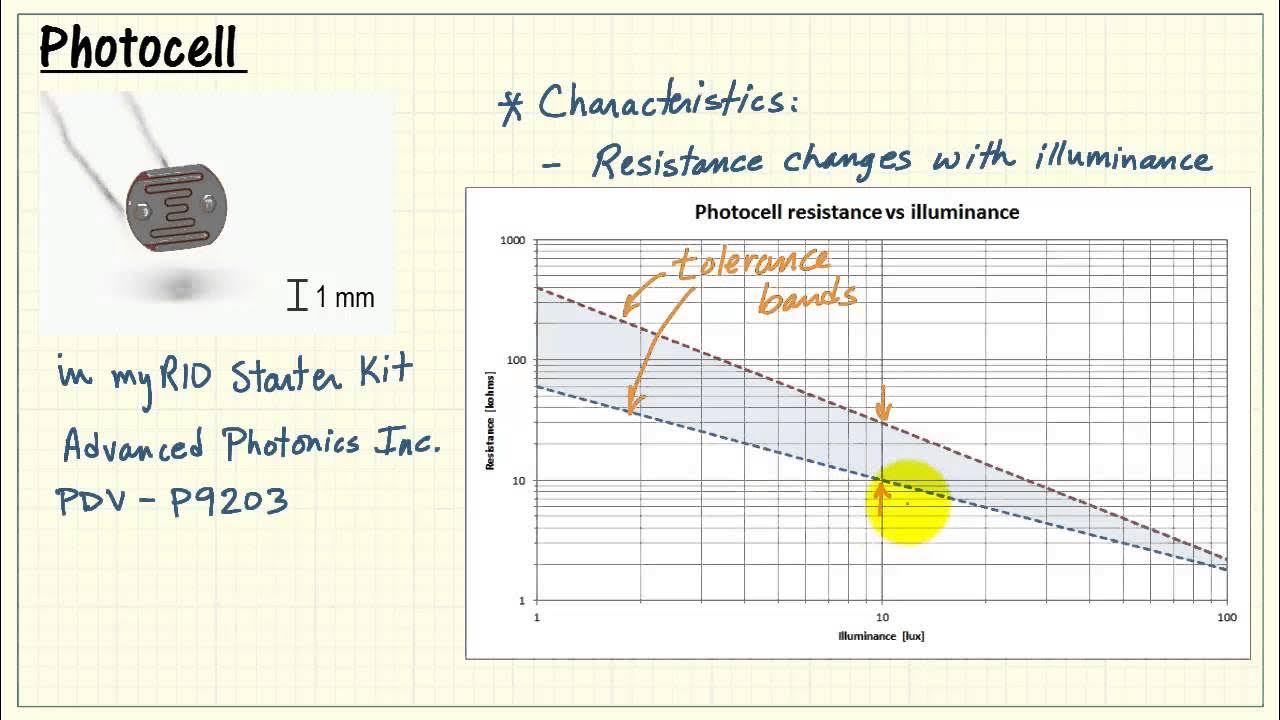Luminance and illuminance
Summary
TLDRThis video explains the fundamental concepts of illuminance and luminance, which are key in understanding light. Illuminance measures the amount of light falling on a surface, while luminance describes the intensity of light emitted from or reflected by that surface. The video also explores the relationship between these two concepts, particularly in relation to surface reflectance, which affects how light is perceived. Through practical examples, viewers learn how illuminance and luminance vary under different lighting conditions, and how they interact in real-world scenarios, such as daylight, artificial lighting, and moonlight.
Takeaways
- 😀 Illuminance refers to the amount of light (luminous flux) falling on a surface, measured in lux (lumen per square meter).
- 😀 Luminance refers to the intensity of light emitted or reflected from a surface in a specific direction, measured in candelas per square meter (cd/m²).
- 😀 Illuminance is independent of the type of surface and depends only on the amount of light falling on it.
- 😀 Luminance depends on both the illuminance on a surface and the surface's reflectance.
- 😀 Examples of illuminance values include daylight under a clear sky, artificial office lighting, and a full moon at night.
- 😀 Examples of luminance values include the Sun, the filament of an incandescent lamp, and road surfaces under artificial lighting.
- 😀 Reflectance refers to the fraction of light that a surface reflects, which affects its luminance.
- 😀 The relationship between illuminance and luminance is important in understanding how light interacts with surfaces.
- 😀 For perfectly diffusing surfaces, there is a direct relationship between illuminance, reflectance, and luminance.
- 😀 Luminance is directional, meaning it is measured in a specific direction relative to the surface.
- 😀 Knowing the illuminance on a surface can help estimate its luminance, given the surface's reflectance.
Q & A
What is illuminance?
-Illuminance is the amount of light or luminous flux falling on a unit area of a surface. It is measured in lux, which is lumen per square meter.
What is the unit of illuminance?
-The unit of illuminance is lux, which is equivalent to lumen per square meter.
Can you give examples of different illuminance values?
-Examples of illuminance values include: high illuminance on a summer noon under a clear sky, low illuminance on a clear night with a full moon, and moderate illuminance in an office with artificial lighting.
What is luminance?
-Luminance is the intensity of light emitted from a surface or light-emitting object in a specific direction, per unit of apparent surface area. It is measured in candela per square meter (cd/m²).
What is the unit of luminance?
-The unit of luminance is candela per square meter (cd/m²).
Can you provide examples of luminance values?
-Examples of luminance values include: extremely high luminance for the Sun, high luminance for the filament of a clear incandescent lamp, moderate luminance for a fluorescent lamp, and low luminance for road surfaces under artificial lighting.
How are illuminance and luminance related?
-Illuminance and luminance are related in that illuminance refers to the amount of light falling on a surface, while luminance refers to the intensity of light emitted from that surface. For a perfectly diffusing surface, the relationship between illuminance, reflectance, and luminance can be established.
Does the type of surface affect illuminance?
-No, the type of surface does not affect illuminance. Illuminance depends solely on the amount of light falling on the surface, regardless of whether the surface is a wall, floor, desk, or tabletop.
What is reflectance, and how does it affect luminance?
-Reflectance is the fraction of incident light that is reflected from a surface. For a surface with higher reflectance, more light will be emitted as luminance, assuming the same level of illuminance.
Why is the concept of reflectance important when discussing luminance?
-Reflectance is important because it determines how much of the incident light is reflected by a surface. A high-reflectance surface will emit more luminance compared to a low-reflectance surface, even if both are subject to the same illuminance.
Outlines

このセクションは有料ユーザー限定です。 アクセスするには、アップグレードをお願いします。
今すぐアップグレードMindmap

このセクションは有料ユーザー限定です。 アクセスするには、アップグレードをお願いします。
今すぐアップグレードKeywords

このセクションは有料ユーザー限定です。 アクセスするには、アップグレードをお願いします。
今すぐアップグレードHighlights

このセクションは有料ユーザー限定です。 アクセスするには、アップグレードをお願いします。
今すぐアップグレードTranscripts

このセクションは有料ユーザー限定です。 アクセスするには、アップグレードをお願いします。
今すぐアップグレード関連動画をさらに表示
5.0 / 5 (0 votes)






